LandsatNext – EOC receives next generation data
On the occasion of a visit by the United States Geological Survey (USGS) to Oberpfaffenhofen on June 7, 2024 DFD Director Prof. Stefan Dech and USGS Deputy Director Cynthia Lodge signed a cooperation agreement on the reception and use of next generation of US Landsat satellite data.
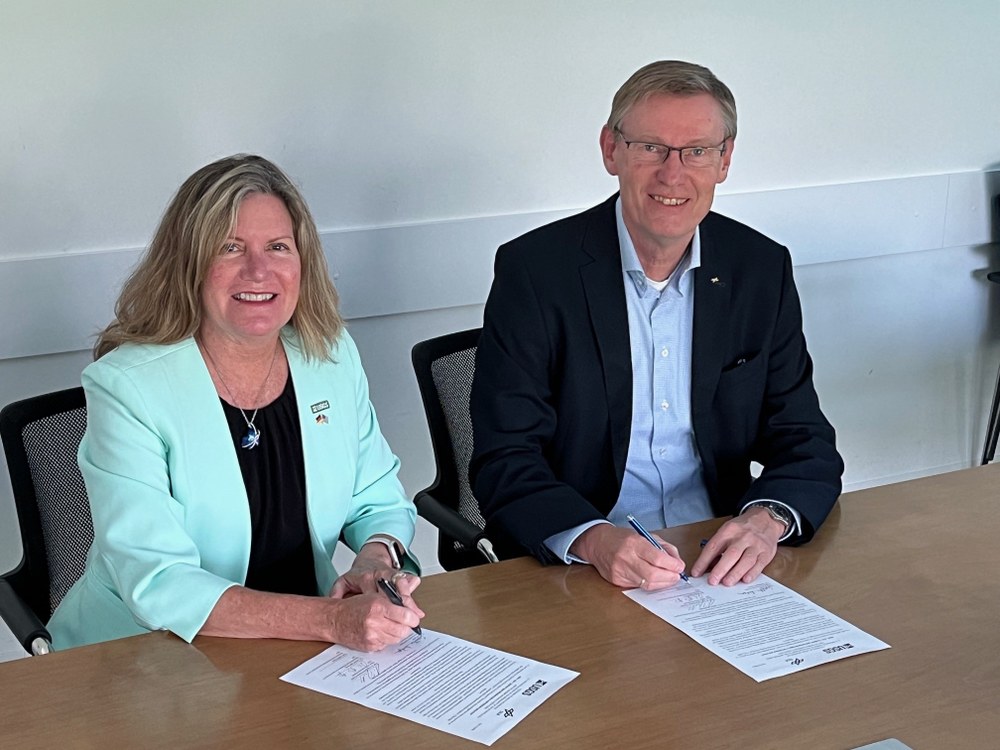
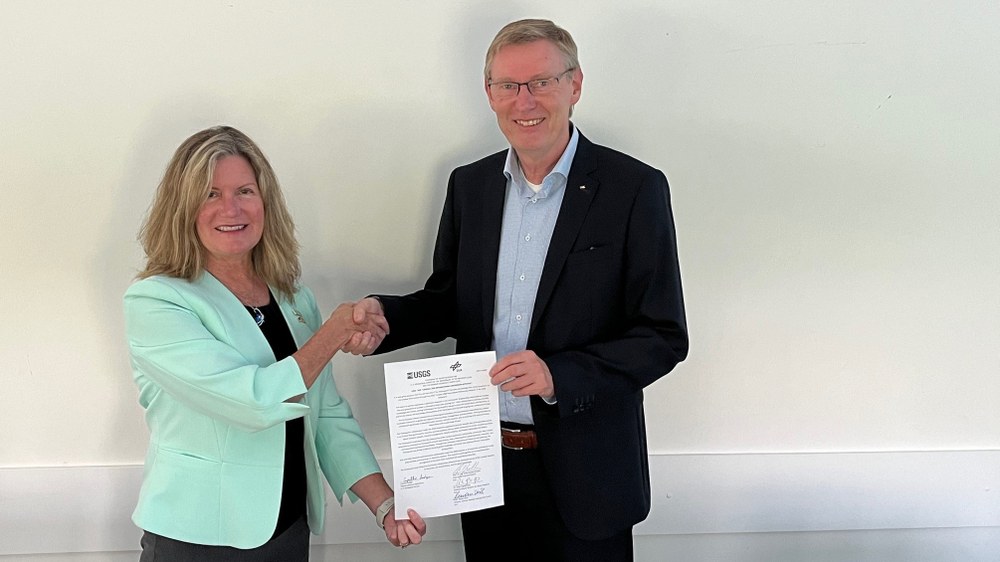
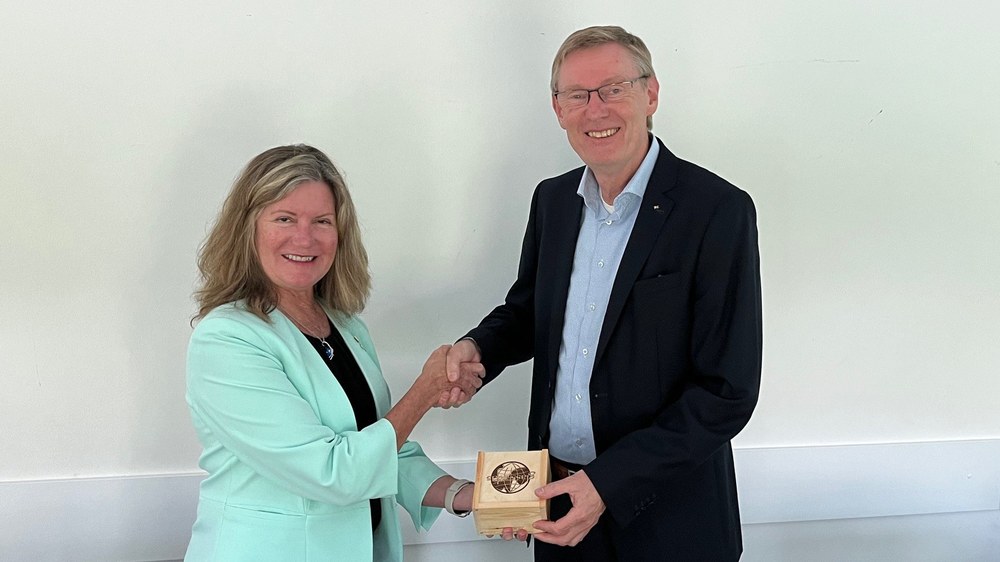
The three identical satellites of the “LandsatNext” mission are to be launched from 2030. The USGS is responsible for the overall mission and ground segment operations. With a geometric resolution of 10 m and 26 spectral bands, LandsatNext will far exceed the capabilities of the previous Landsat satellites. With the three satellites, every point on earth will be mapped every 6 days at the latest.
A preparatory declaration of intent was already signed on Tuesday, June 4 at the German-American Space Dialogue in Berlin by Prof. Anke Kayser-Pyzalla, DLR Executive Board Chairwoman, and Dr. Anke Pagel-Kerp, Head of the DLR Space Division. Under the leadership of the Federal Government's Aerospace Coordinator, Anna Christmann, high-ranking representatives from both countries discussed joint projects and goals in the space sector.
As part of the cooperation, the DFD ground station in Neustrelitz will receive data from the three future LandsatNext satellites and make them available shortly thereafter to the international user community. In addition to the stations in the USA, only two non-US stations are part of the global Landsat network. DLR and the user community will benefit in particular from the near-real-time provision of data for research and time-critical applications, e.g. in the management of natural disasters or for maritime security purposes.
"The US Landsat program has guided generations of geoscientists in their research on the Earth system since 1972. It is a particular pleasure and honor for us to continue contributing to the success of this mission in cooperation with our US partners. The fleet expansion and modernization is remarkable and, together with the European Sentinel satellites, will help us to better understand the processes of change in the Earth system and to react in a targeted manner,” said Professor Stefan Dech at the signing of the Letter of Intent in Oberpfaffenhofen.
“USGS looks forward to continuing its important partnership with DLR for the Landsat Next mission as part of our 2030 International Partnership Initiative,” said Cynthia Lodge, the U.S. Geological Survey Deputy Director for Operations. “Our partnership will provide valuable data and actionable science to help answer complex questions about economic growth, resource management, climate resiliency, and healthy landscapes and waters.“
During her visit to Germany, Ms. Lodge informed herself about the technical facilities and specific work of DFD at the Neustrelitz site. As LandsatNext will transmit its data in Ka-band, DFD in Neustrelitz is already equipped for this challenging mission with its two new tri-band antenna systems.
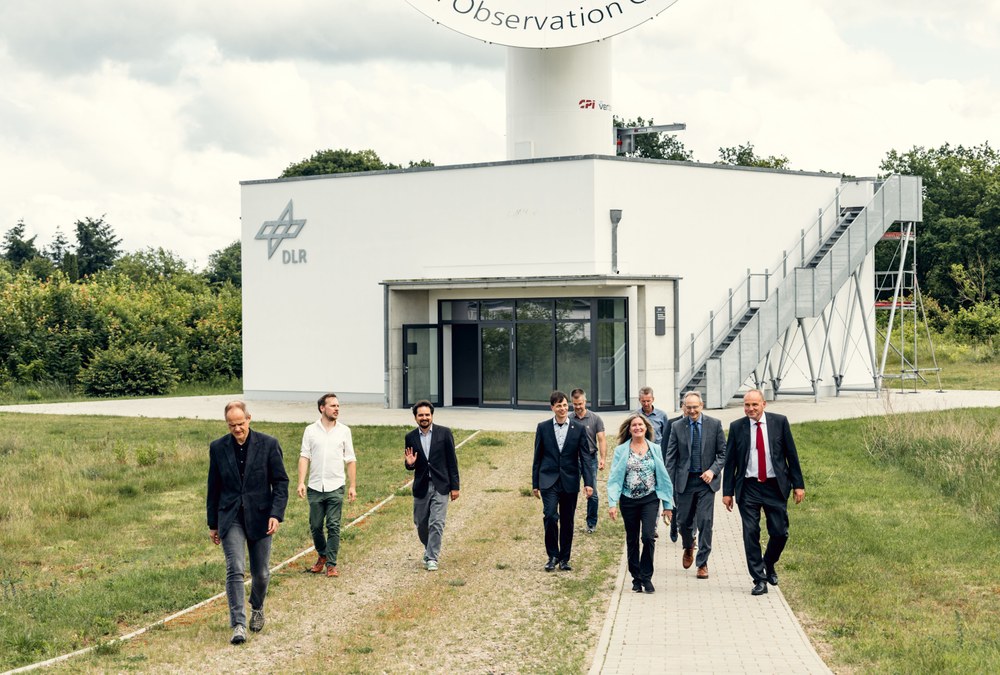
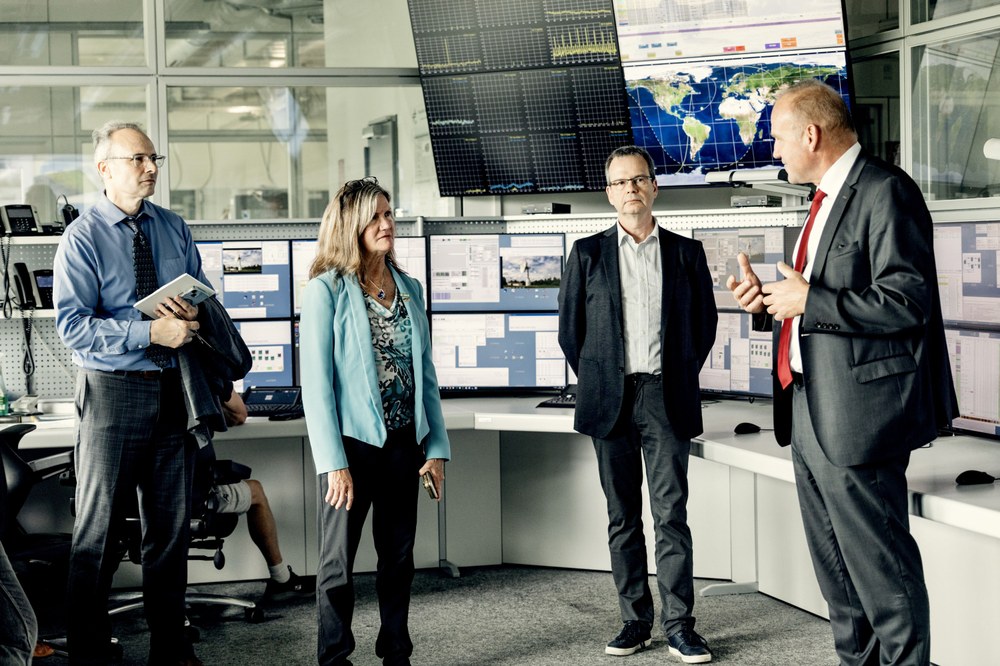
Following her visit to Neustrelitz, Ms. Lodge also went to Oberpfaffenhofen to learn about DFD's activities. In addition to regional and global earth observation applications – where Landsat data is indispensable for long observation series – work on the DLR EnMAP mission and modern big data processing technologies were also presented. Cynthia Lodge was also interested in DFD's Center for Satellite Based Crisis Information (ZKI). In the “Charter on Space and Major Disasters”, the USGS in Sioux Falls is the US counterpart of the ZKI, which is responsible for DLR's operational tasks in the charter.
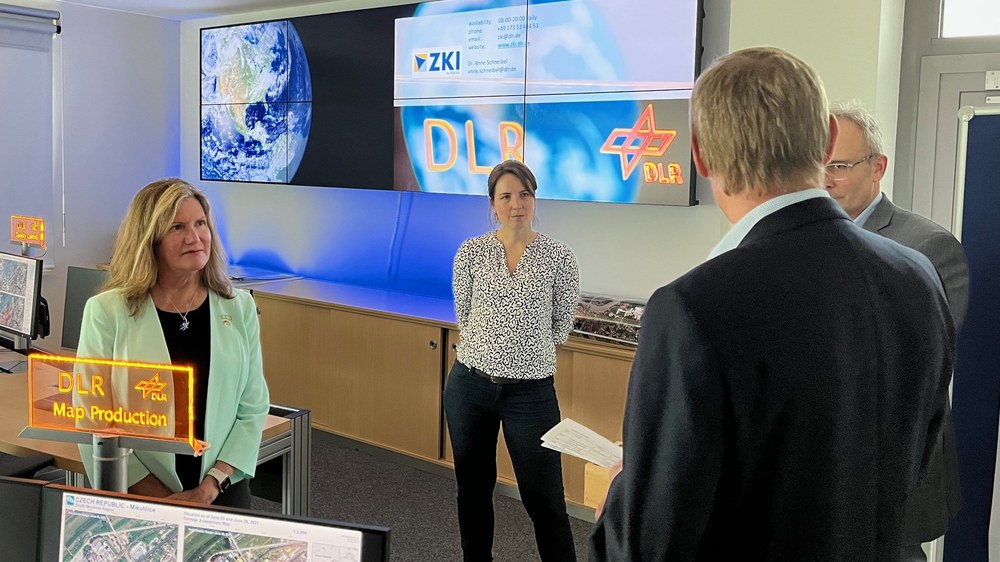
Contact
Prof. Stefan Dech
Holger Maass
